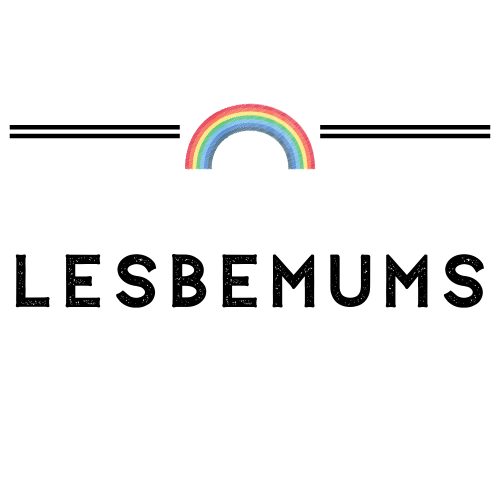Over the past few weeks, we’ve recently started to introduce the next stage of Lego into T’s life.
He mainly played with the larger version; Duplo, previously, although to be honest, he still does, but when family bought round a tub of Lego, he was fascinated at the little pieces. He loved creating little cars or buildings, although he wasn’t too happy when we advised that a tower won’t be the same with Lego as it would have been with Duplo!
What I’ve always loved about Duplo is the vast amount of detail there is on each piece. Whether it’s a piece of cake, a radio, or an oil tank, the pictured pieces encourage the creator to think about how that piece fits into their creation. For example, T can place the ‘radio’ piece in both his car or his house (or both in our case, seeing as we have a few duplicates!). Moving onto Lego now means that T can create these items himself or build them physically into his creation.
The only thing holding T back now is knowing what the items are called and where they can be found. Which is where the new Lego City ‘Busy Word’ Book comes in handy!

Lego City
The Lego City ‘Busy Word Book’ is both a picture book and a word association book. Each page is beautifully illustrated with scenes from across the Lego City and is separated into four main chapters: In The City, Emergency!, On the Move, and Beyond the City. Within each chapter are several double page spreads showing different scenes made out of Lego.

Within each spread is at least ten or so opportunities to name objects and people (or at least their job titles depending on their uniform or clothing).
What I love about this is that every thought has been put into the image and what’s been labelled. They’ve also really thought outside of the box and labelled things I probably wouldn’t think about teaching T. Things like the correct name for certain tools or vehicles! I often fall into the habit of calling everything a Boat, instead of Yacht or Ship!
As well as going through the hundreds of new words for every day objects, jobs, and buildings, there are also little games to play within each scene to reverse the learning. Games such as asking the reader to find certain objects within a page to see if they’ve learnt anything new. These objects are sometimes completely random, like a bagel at a fire station!


Going through the book, T has already picked up a few new words as well as building inspiration! Later on, I have no doubt that this book will also help with reading and the boxes are nice and clear – without taking up too much room on the page.

We were sent the Lego City ‘Busy Word’ Book by Boolino in exchange for an honest review, however all thoughts, opinions, and photos are our own.

